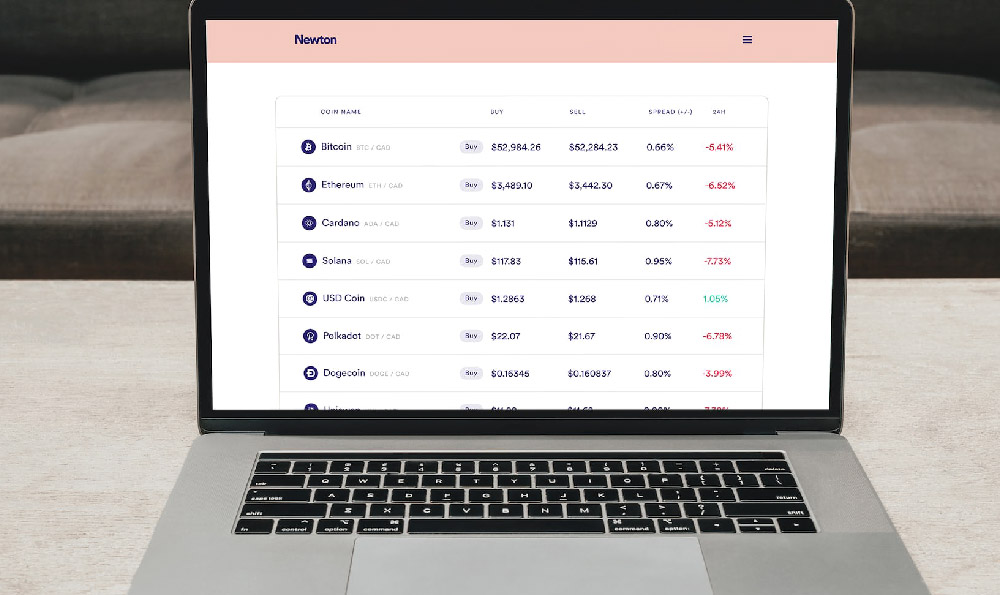How do credit card companies offer 0% interest, and how do they still profit?

Credit card companies frequently lure new customers and encourage spending with offers of 0% introductory interest rates. These promotions might seem too good to be true, and the question of how these companies manage to turn a profit while seemingly giving away free money is a valid one. The profitability of 0% interest offers stems from a confluence of strategies and underlying economic realities that, when understood, reveal the calculated nature of this financial incentive.
One of the most significant drivers of profitability, even during the 0% APR period, lies in the behavior of cardholders. Credit card companies are betting that many individuals, enticed by the initial offer, will fail to diligently pay off their balance before the promotional period ends. The moment the 0% APR expires, the interest rate typically skyrockets to a significantly higher, often double-digit, APR. This is where the company begins to recoup its initial investment and generate substantial revenue. Consumers who are late on payments or carry a balance after the introductory period are prime sources of profit through these elevated interest charges. Essentially, the 0% APR acts as a temporary loss leader, with the expectation that a sufficient percentage of users will eventually contribute to the company's bottom line through standard interest charges.
Beyond exploiting potential lapses in consumer financial discipline, credit card companies also leverage fees to generate income. Even during a 0% APR period, other fees, such as annual fees, late payment fees, over-limit fees, and balance transfer fees, can still apply. These fees, while sometimes overlooked by consumers, contribute significantly to the overall revenue stream of the card issuer. Furthermore, some cards may have specific requirements to qualify for the 0% APR, such as making a minimum purchase within a certain timeframe. Failing to meet these requirements could result in forfeiting the promotional rate and immediately incurring standard interest charges. The fine print often contains clauses that can significantly impact the actual cost of using the card.

Another crucial revenue stream for credit card companies comes from merchant fees, also known as interchange fees. Every time a consumer uses a credit card to make a purchase, the merchant is charged a small percentage of the transaction amount by the credit card network (like Visa or Mastercard) and the issuing bank. These fees vary depending on the type of card, the merchant category, and the transaction volume. While the consumer doesn't directly pay these fees, they represent a substantial income source for the credit card company. The increased card usage stimulated by a 0% APR offer inevitably leads to more transaction volume, thereby boosting the revenue generated from merchant fees. This revenue stream remains unaffected by the 0% APR, making it a consistent source of profit regardless of the promotional interest rate.
Furthermore, credit card companies use 0% APR offers as a potent customer acquisition tool. The cost of acquiring a new customer can be high, involving marketing expenses, processing applications, and managing accounts. Offering a 0% APR is a strategic investment in attracting new customers who might otherwise be hesitant to apply for a credit card. The anticipation is that these newly acquired customers will remain loyal even after the promotional period ends, continuing to use the card for future purchases and potentially generating interest income or other fees in the long run. The lifetime value of a customer, including their potential spending habits and financial behavior over several years, far outweighs the initial cost of the 0% APR offer.
Data collection and analysis also play a pivotal role in the profitability equation. Credit card companies meticulously track and analyze cardholder spending patterns, payment behavior, and demographics. This data is then used to refine marketing strategies, target specific customer segments with tailored offers, and improve risk assessment models. By understanding individual customer behavior, companies can better predict the likelihood of defaults, identify opportunities for cross-selling other financial products, and optimize pricing strategies. The insights gleaned from data analysis contribute significantly to the overall profitability and efficiency of the credit card business.
Finally, the concept of the "float" also contributes to profitability. Even if customers pay off their balance within the 0% APR period, the credit card company has access to the funds spent during that time. This "float" allows the company to invest those funds and earn a return before the customer's payment is due. While the return on investment may be modest in individual cases, the aggregate amount across all cardholders can be substantial. The company is essentially utilizing a large pool of funds at no immediate cost, allowing them to generate additional revenue through short-term investments.
In conclusion, while the 0% APR offer may appear like a purely benevolent gesture, it is a calculated business strategy designed to attract new customers, increase card usage, and ultimately generate profit. The profitability is derived from a combination of factors, including the likelihood of consumers incurring interest charges after the promotional period, the collection of various fees, the revenue from merchant interchange fees, the lifetime value of acquired customers, data-driven insights, and the utilization of the float. Understanding these underlying mechanisms empowers consumers to make informed decisions and avoid falling into the traps that contribute to the credit card company's profit margins. By carefully managing spending, diligently paying off balances, and understanding the terms and conditions of the card, consumers can benefit from 0% APR offers without becoming a source of revenue for the credit card company.















